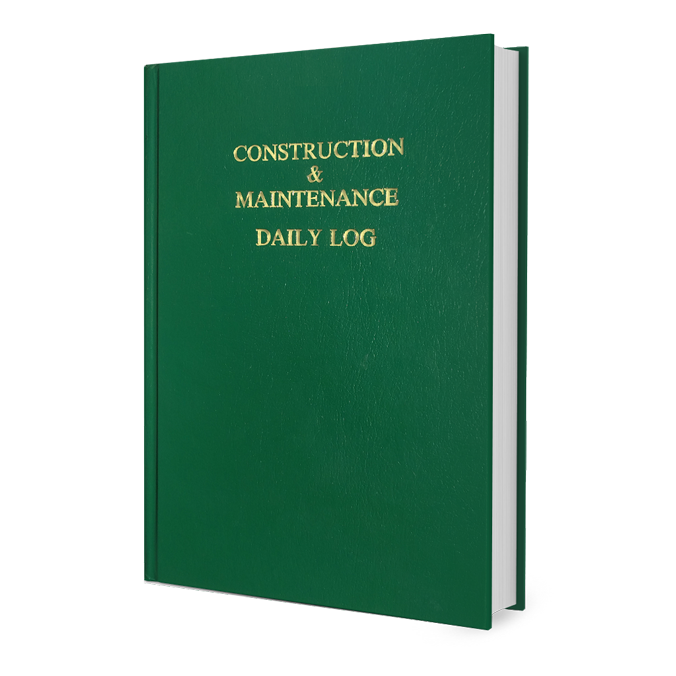WALTHAM, Mass. — SPRI has announced that its updated and revised standard, ANSI/SPRI WD-1 2012 “Wind Design Standard Practice for Roofing Assemblies” has been reapproved by ANSI.
SPRI’s revised document complies with the current American Society of Civil Engineers (ASCE) document ASCE 7-10 “Minimum Design Loads for Buildings and Other Structures,” which was significantly revised in 2010. These revisions affect every roofing professional who uses ASCE for determining wind loads on structures. Some of the revisions include new wind speed maps using a 700+ year return, reinstating Exposure Category D for hurricane-prone coastlines, as well as “simplified” procedures for determining wind pressures for buildings of all heights.
“ANSI/SPRI WD-1 2012 is a very useful Standard Practice,” explains SPRI task force chairman Joe Malpezzi. “WD-1 is one of the few documents in existence that provides a method for selecting roofing system assemblies that have been tested to resist rooftop design wind uplift pressures.”
ANSI/SPRI WD-1 2012 was developed with support from several roofing industry partners to help roof designers. It provides a two-part methodology of designing for wind uplift resistance of non-ballasted built-up, modified bitumen, and single-ply roofing system assemblies installed over any type of roof deck. (Refer to the ANSI/SPRI RP-4 Standard for wind design requirements of ballasted single-ply roofing systems).
“ANSI/SPRI WD-1 has always been an excellent tool to assist architects and consultants with the design and installation of roof systems that are compliant with the wind resistance requirements of the International Building Code (IBC),” said SPRI Technical Director Mike Ennis. “Now, the easy-to-read tables and other pertinent data in WD-1 have been updated to comply with the new calculations contained in ASCE-7-10, as required by the IBC.”
For more information, visit www.spri.org.





